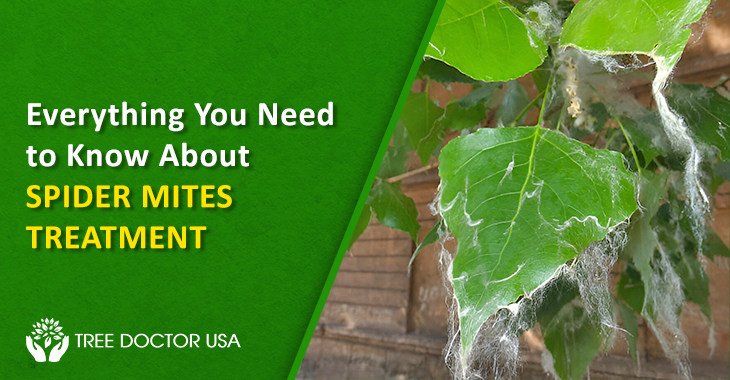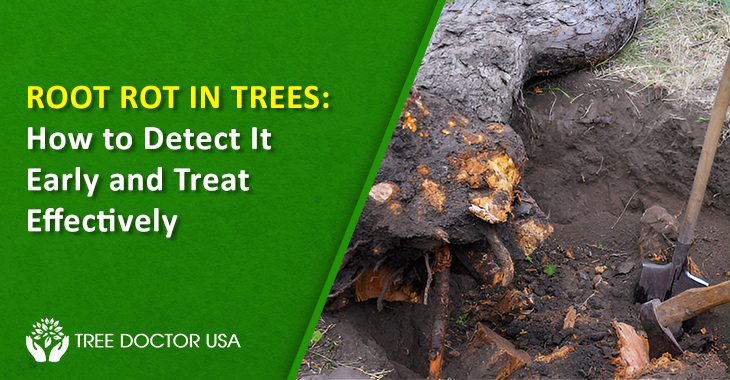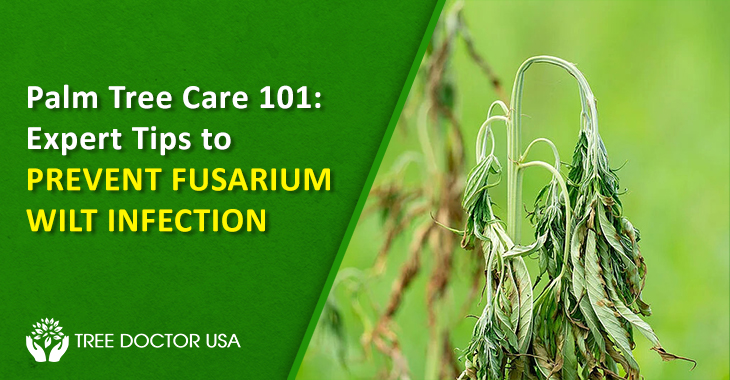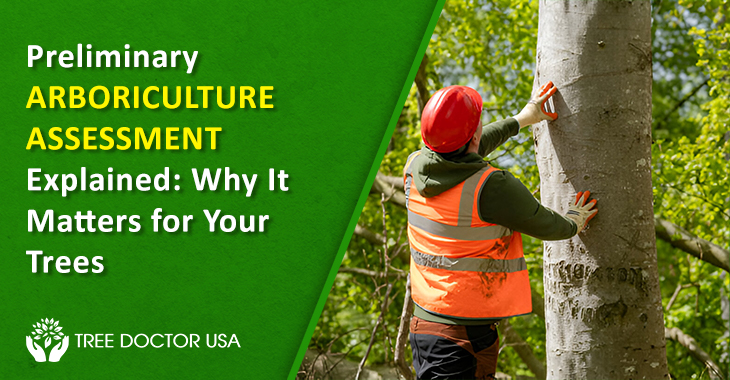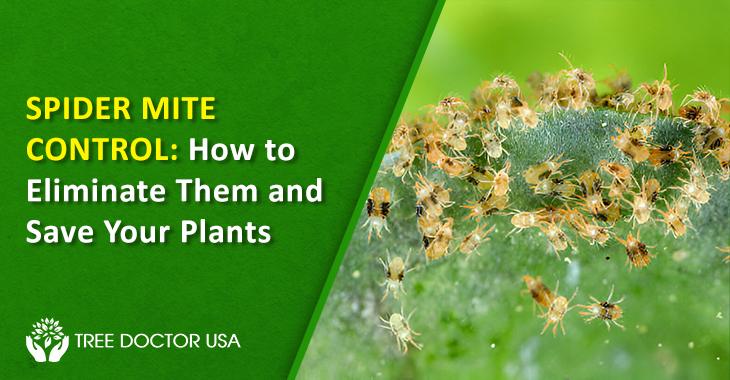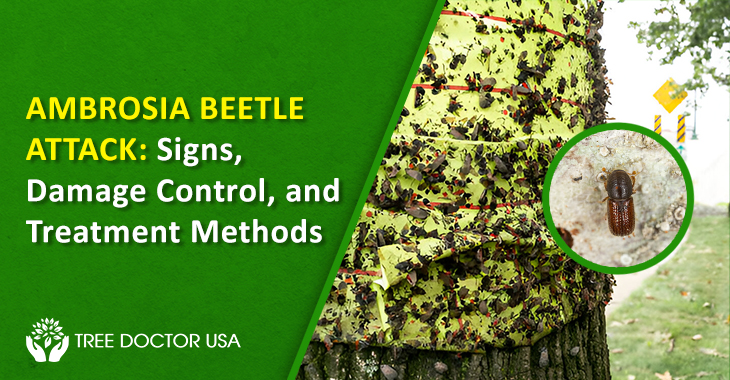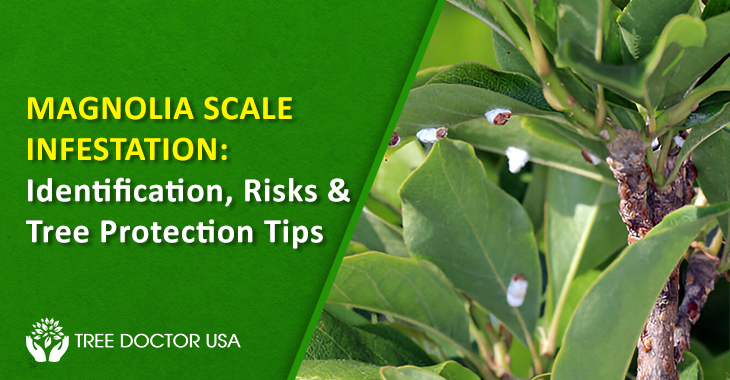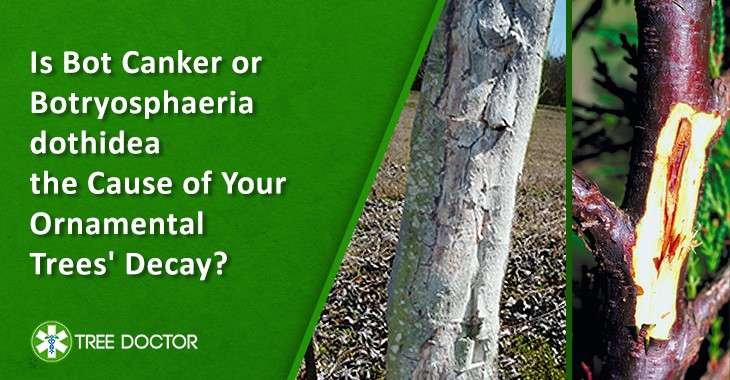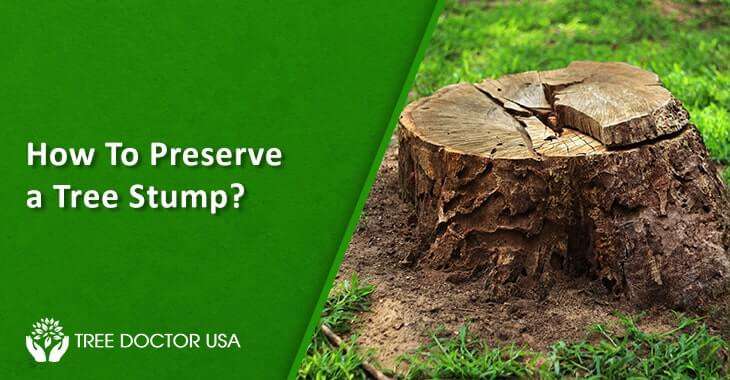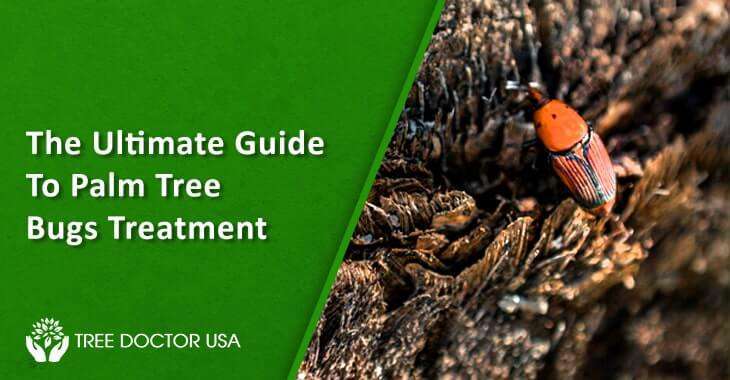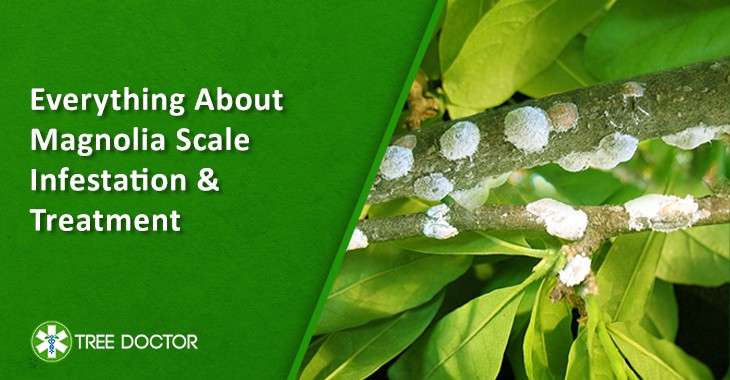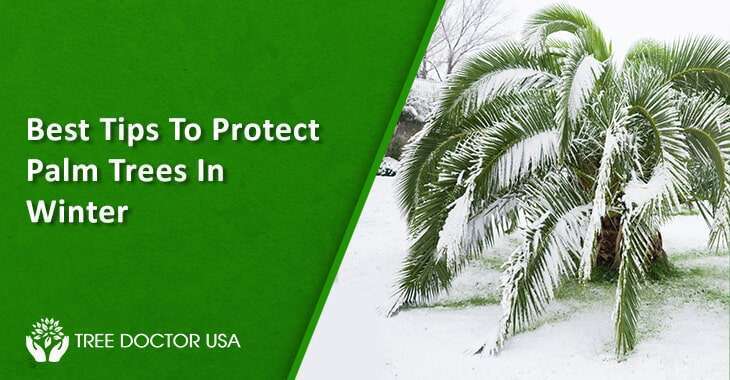Everything You Need to Know About Spider Mites Treatment
Welcome to your ultimate guide on spider mites, the tiny pests that can harm your plants. As a plant lover, you know how annoying it is to find these little creatures on your plants. Don’t worry. This article will show you how to prevent and control spider mites before they damage your greenery. These tiny pests can quickly multiply and harm your plants. We’ll explain how to spot an infestation, share simple prevention tips for spider mite treatment and suggest eco-friendly solutions to eliminate them. By the end of this guide, you’ll know how to protect your plants from spider mites.
Whether you’re an experienced gardener or just starting, this blog will help keep your plants healthy and pest-free. Let’s get started and learn how to fight these tiny pests!
What are Spider Mites?
Spider mites are tiny, destructive pests that often infest your plants, causing significant damage to the leaves. These mites are hard to spot, appearing as little white specks that can also be tan, red or black. Because they are so small, you usually only notice them once there are many. Spider mites cause leaves to turn yellow, speckle, and discolor. They also spin webs on the undersides of leaves, which is a clear sign of their presence. The warm, dry conditions in homes during winter offer an ideal environment for these pests to thrive and multiply.
Signs of spider mite infestation: What is the first sign of Spider Mites?
The first sign of their presence is often the webs they spin. On closer inspection, you might see the pests crawling on the leaves. Another clue is that the plant leaves may appear dusty. The plant may look like it isn’t getting enough water from a distance because the leaves are drying out.
How to Find Spider Mites on Your Plants
- Use Light: Hold the plant up to the light or use a flashlight to look under the leaves. It might take a minute, but you can see tiny mites moving around on the fine webbing. They can appear red or black.
- Tap the Leaves: Spider mites are tiny and hard to spot. Tap the leaves over a white sheet of paper to check for them. If spider mites are present on the plant, they will fall off and be visible on the paper.
- Check for Movement: Spider mites move quickly, so you might see them crawling on the leaves or stems. Use a magnifying glass to look closely at the plant’s foliage.
- Use a Sticky Trap: Sticky traps can help monitor for spider mites. You can buy them or make your own with double-sided tape. Place traps near the base of the plant and check them regularly for trapped mites.
Do Spider Mites Only Live on Leaves?
Spider mites can be found on leaves, stems and even soil. It’s essential to inspect all parts of your plants regularly. By frequently checking your plants and recognizing the signs of spider mite infestations, you can catch the problem early and take steps to prevent it from worsening.
Recognizing Spider Mite Damage
Spider mite damage varies based on infestation levels and can show up in several ways:
- Yellow or Bronze Leaves: Spider mites suck sap from leaves, causing them to turn into yellow or bronze color.
- Fine Webbing: Heavy infestations can lead to fine webbing on the undersides of leaves.
- Stippling or Speckling: Feeding spider mites leaves small, discolored spots or stippling on leaves.
- Leaf Drop: Severe damage can cause leaves to fall off.
- Stunted Growth: Spider mites can stunt plant growth, making them more vulnerable to other pests and diseases.
Spider mite damage can look similar to other plant diseases, so it’s wise to consult a specialist or look for spider mites and their webbing before starting treatment.
7 Effective Ways to Get Rid of Spider Mites
Spider mites often infest plants in poor health, causing leaves to turn yellow and dry. Here are several methods for spider mites treatment to eliminate spider mites effectively.
-
Use Rubbing Alcohol
Combine 1 cup of rubbing alcohol with 4 cups of water in a spray bottle. Thoroughly spray the solution on the plant’s stems, flowers and foliage. Rubbing alcohol dehydrates and kills spider mites. Test the mixture on a single leaf first, as some plants may be sensitive to rubbing alcohol. This method is a simple and effective Spider mites treatment.
-
Spray with Water
Mites thrive in dry, warm weather. Regularly spraying plants with brutal blasts of water, especially under the leaves, can control their population. Repeat this treatment to prevent mites and their eggs from regaining a foothold. A faucet sprayer can treat your plants in a kitchen sink or bathtub. Spraying with water is a natural spider mites treatment.
Tip: Wipe down the underside of the leaves with water and a few drops of liquid dish soap. Use a clean cloth, spray the mixture for larger leaves, and then wipe.
-
Use Insecticidal Soaps or Oils
Insecticidal soaps can effectively kill spider mites and should be applied frequently until the problem is controlled. Horticultural oils from refined plant oils like citrus can smother mites without harming beneficial insects. These products are often recommended for Spider mite treatment.
-
Encourage Predators
Introduce predatory insects and mites to your garden. Predatory mites like Phytoseiulus persimilis, Amblyseius californicus and Amblyseius andersoni can be purchased and applied to affected plants. Beneficial insects include big-eyed bugs, ladybugs, lacewings, predatory thrips and spined soldier bugs. In outdoor settings, natural predators often keep mite populations in check. Encouraging predators is a sustainable Spider Mites Treatment.
-
Use Neem Oil
Neem oil, derived from the neem tree, is a natural product that kills various pests and mites. It contains azadirachtin, which interferes with the feeding, molting, mating and egg-laying of insects and mites. Neem oil is safe for humans and most animals but toxic to fish and aquatic life. Use cautiously to avoid runoff into water sources. Neem oil is a popular organic Spider Mites Treatment.
-
Use Pyrethroid Pesticide
Pyrethroid pesticides combine natural pyrethrins with other chemicals to enhance effectiveness. Although not organic, they are safer than synthetic pesticides and are often recommended for treating spider mites. This method is a potent Spider Mites Treatment.
-
Spray with Chemical Pesticide
Chemical pesticides like malathion, bifenthrin, cyfluthrin, and kelthane can be used for severe infestations. However, these should be a last resort due to their toxicity to pets and humans. Always follow label directions carefully and rotate chemicals to prevent mites from developing tolerance. Chemical pesticides are a severe Spider mites treatment option.
-
Call an Arborist or Tree Disease Specialist
For severe infestations on spruce or evergreen trees, consult a licensed professional. They have access to stronger pesticides that are not available to homeowners. Use these chemicals only when less toxic methods have failed and an important tree is likely lost. Professional help may be necessary for the most challenging Spider mites treatment cases.
How to Prevent Spider Mites
To avoid recurring issues with spider mites on your plants, taking preventive steps can stop future infestations before they start. Here are some tips:
- Regular Plant Inspections: To maintain your plants’ health, keep a close eye on them. Inspect them regularly to catch any issues early, not just with spider mites but with other pests as well. A thorough inspection is crucial when moving plants outdoors or bringing new ones inside to prevent unknowingly bringing in pests.
- Use of Leaf Shine: Applying leaf shine, typically used for cosmetic purposes, can create a protective barrier on plant leaves. This makes it harder for pests like spider mites to feed on them, especially on plants that are more susceptible to infestation.
- Systemic Pest Control: Consider using systemic pest control products as a preventive measure. These are applied to the soil or used in water to be absorbed by plant roots. They make plants toxic to pests upon ingestion, effectively preventing infestations from developing.
- Regular Pest Treatments: Establish a routine of treating your plants, especially those prone to spider mites. This proactive approach helps eliminate any existing pests before they cause substantial damage or lead to a full-blown infestation. Preventing damage early is simpler and less resource-intensive than managing a severe pest problem later on.
These steps can help maintain the health of your plants and reduce the risk of spider mite infestations.
Conclusion
Effective spider mites treatment requires a combination of methods, from natural and organic solutions to chemical treatments and professional help. Early detection and regular plant maintenance are crucial in preventing and controlling spider mite infestations. You can protect your plants from these damaging pests using the appropriate treatments and ensure a healthy, thriving garden.
For expert advice and professional treatment, contact Tree Doctor USA. Our specialists are ready to help you with all your plant health needs. Protect your plants and maintain a beautiful garden with the trusted expertise of Tree Doctor USA.

